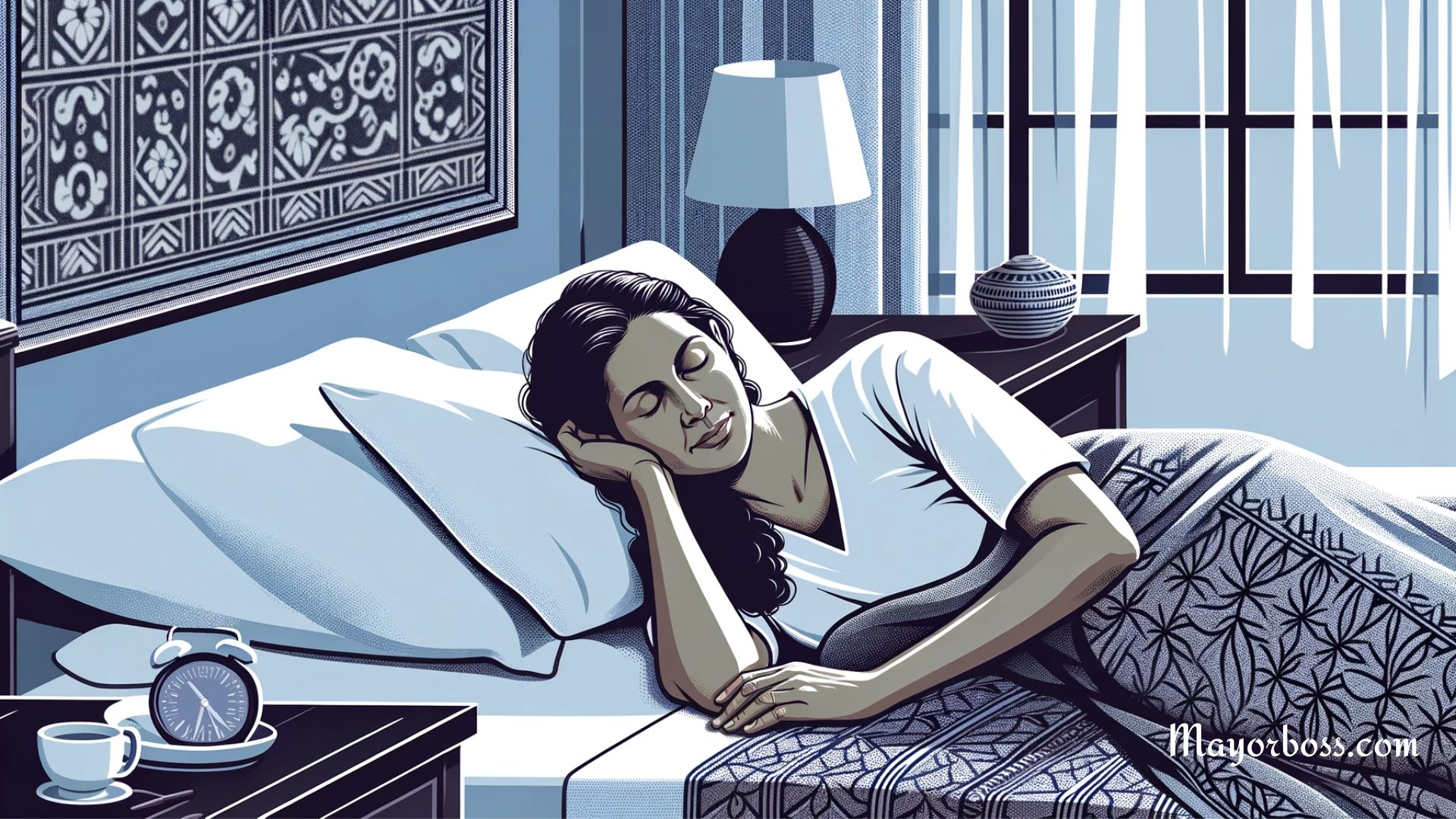The Best Sleep Position If You Have A Stuffy Nose
Do you often find yourself struggling with a stuffy nose, especially at night? It’s a common problem, and, believe it or not, the way you sleep can significantly impact how well you breathe when you’re dealing with nasal congestion. When you’re trying to catch some Zs but your nose isn’t cooperating, adjusting your sleep position might just be the key to a better night’s rest. Read on to discover the best sleep position if you’re battling a stuffy nose.
Elevate Your Head
Elevating your head is crucial when you’re congested. When you lie flat, the mucus in your nasal passages doesn’t drain as well. This can cause your sinuses to feel more blocked. By raising your head, you encourage better drainage and reduce the pressure in your sinuses.
How to Elevate Properly
To effectively elevate your head, you can use extra pillows or a wedge pillow. The goal is to keep your head higher than your heart. This position not only aids in reducing congestion but also helps prevent postnasal drip, which can be a nuisance and disrupt your sleep.
Sleep On Your Side
Sleeping on your side can also be helpful when you have a stuffy nose. This position can prevent the pooling of mucus in one part of your sinuses. If you have a preferred side, try sleeping on it, but switching sides occasionally is also beneficial.
Tips for Side Sleeping
When you’re sleeping on your side, ensure your neck and spine are aligned. This alignment is vital for a comfortable sleep and to prevent any additional discomfort. A firm pillow can help maintain this alignment.
Avoid Sleeping on Your Back
You might want to avoid sleeping on your back when you’re congested. This position can make your tongue and soft palate collapse to the back of your throat, which might worsen snoring and obstruct the airway. Moreover, back sleeping can exacerbate sinus pressure and congestion.
Alternative Positions
If you’re a habitual back sleeper, transitioning to side sleeping or using pillows to elevate your head can be a better choice. Remember, the aim is to facilitate easier breathing and reduce sinus pressure.
Adding Humidity to Your Room
Humidifiers can be a great addition to your sleep environment when you have a stuffy nose. Dry air can worsen nasal congestion. A humidifier increases moisture in the air, which can help soothe irritated nasal passages and promote easier breathing.
Tips for Using Humidifiers
Make sure to keep your humidifier clean to prevent the growth of mold and bacteria. Also, use it only as needed, as too much humidity can also be problematic.

Conclusion
Finding the proper sleep position can make a significant difference when dealing with a stuffy nose. Elevating your head and sleeping on your side are effective strategies. Additionally, consider using a humidifier to maintain a comfortable humidity level in your room. With these tips, you can improve your sleep quality even when you’re congested and wake up feeling more refreshed. Remember, if nasal congestion persists, speak with your doctor for further advice.
